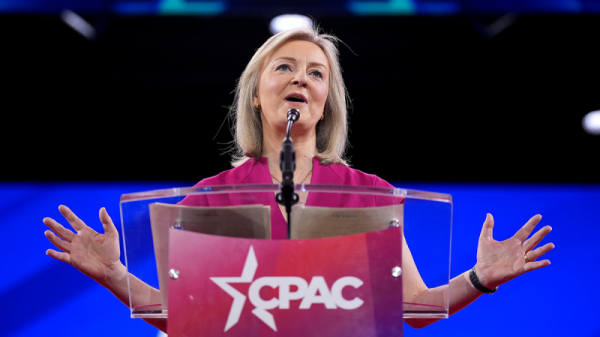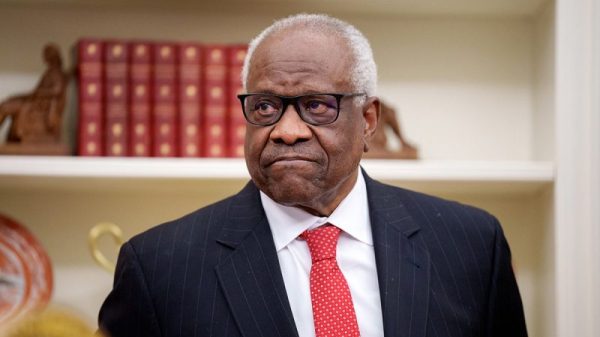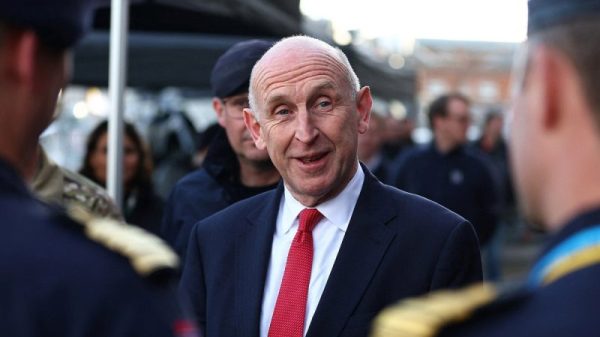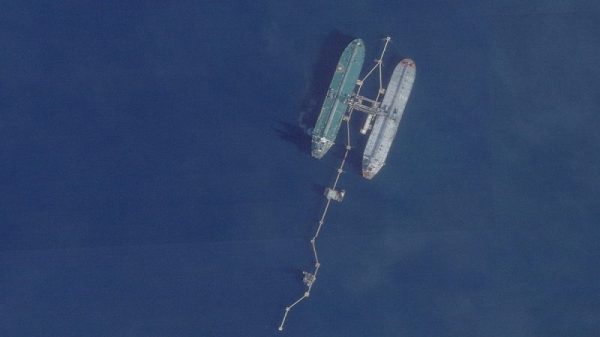During the pandemic recovery, inflation reached the highest rates in 40 years, largely driven by the Federal Reserve’s excessive monetary policy. The Fed got “behind the curve” by not raising its interest rate target fast enough, even once it became apparent its own policy was to blame.
While some officials are reluctant to accept it, Fed Chair Jerome Powell now acknowledges the Fed’s mistakes. When asked in a recent interview whether the Fed was too slow to recognize inflation in 2021, Chair Powell admitted, “in hindsight, it would’ve been better to have tightened policy earlier.”
In truth, the Fed was not simply too slow to recognize inflation. Rather, it worsened inflation by continuing its monetary expansion even after the negative effects were known.
Transitory Inflation?
From the early pandemic recovery through mid-2021, inflation appeared to be largely caused by supply-chain disruptions, which led to shortages of production inputs like lumber and automotive computer chips. These problems restricted supply and drove up the prices of homes and cars, respectively.
According to Powell, such dislocations led the Fed to misidentify inflation as primarily a supply-side phenomenon. “We saw what we thought was that this inflation, seemed to be mostly limited to the goods sector and to the supply chain story,” he said.
If that alone were the issue, inflation would have been only a “transitory” problem that dissipated as the economy recovered and supply problems alleviated. As Powell describes, “we thought that inflation would go away fairly quickly without an intervention by us.”
A Rise in the Fall
By the fall of 2021, prices were rising across the economy, not just in supply-constrained sectors. Such broad-based increases seemed to have been caused by excessive monetary policy rather than by supply-side disruptions.
Powell acknowledges this in his recent remarks, noting that “in the fourth quarter of ‘21, it became clear that inflation was not transitory in the sense that I mentioned.”
While the admission is heartening, the Federal Open Market Committee (FOMC) should have realized even before the fourth quarter that rising inflation was increasingly demand-driven.
Powell then adds, “and we pivoted and started tightening.” But did they?
It is true that Powell changed his language, saying at the FOMC’s November press conference that Fed officials “accept responsibility and accountability for inflation in the medium term,” and that, “the level of inflation we have right now is not at all consistent with price stability.”
Despite these admissions, however, the Fed was still actively expanding the money supply at that time and did not actually start tightening for another four months.
Although the Fed slowed the rate of its open market purchases in December of 2021, it continued its expansionary quantitative easing (QE) program until mid-March of 2022. The FOMC raised its interest rate target range slightly in March but did not make substantial increases until May, six months after acknowledging its responsibility for high inflation.
In fact, the Fed engaged in a passive monetary expansion through May of 2022 since real interest rates were actually falling. What matters for economic activity is the real interest rate, that is the short-term interest rate minus the rate of inflation. Since inflation was increasing by more than the Fed’s target rate from late 2021 through mid-2022, real interest rates were falling.
So rather than starting to tighten policy in the fourth quarter of ‘21, as Powell described, the Fed was implicitly loosening policy through May of ‘22.
Lessons Not Learned
Powell credits the Fed’s actions for bringing inflation back down towards the Fed’s two percent target. “It’s essential that we did that,” he said in his recent interview. “It was critical that we did that. And that’s part of the story why inflation’s going down now.”
While it is true that the Fed’s actions helped bring inflation down, it is hard to give Fed officials too much credit: they solved a problem they created. Had the Fed started tightening in late 2021, as Powell claims, it could have prevented inflation from surging. Instead, officials pushed it to the highest rates in 40 years.
While it is notable that Powell admits the Fed was too slow in identifying monetary policy as a cause of inflation, we should recognize that the Fed failed to act for several months after this problem was known. We can hope that acknowledging this mistake will improve Fed policy by helping prevent such errors in the future.




































